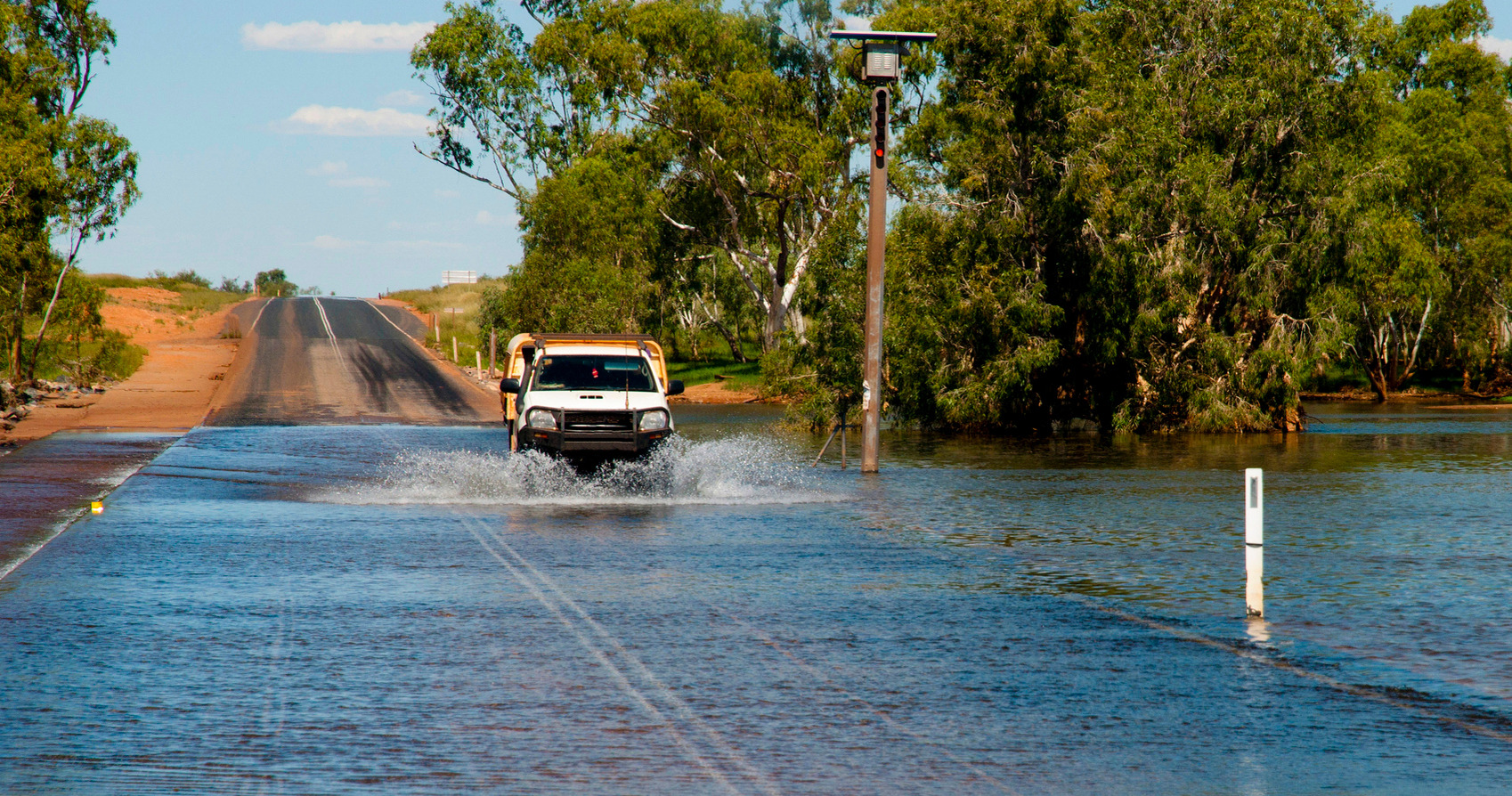Extreme weather has caused $1.6bn in insured losses since Christmas, ICA reports
The Insurance Council of Australia (ICA) has released data highlighting that a series of extreme weather incidents have heavily impacted insurers since Christmas.

The Insurance Council of Australia (ICA) has released data highlighting that a series of extreme weather incidents have heavily impacted insurers since Christmas. Over the summer, three significant weather events have been declared by insurers, resulting in a cumulative $1.6 billion in insured damages across Queensland, New South Wales, and Victoria.
The Christmas storms, classified as Cat 233, caused $1.24 billion in damages, while the Valentine’s Day storms (SE 241) resulted in $196 million in losses. The most recent severe weather event occurred in New South Wales in early April, resulting in $176 million in insured damages.
The destructive weather event, which primarily impacted the Hawkesbury-Nepean and Illawarra regions, prompted the filing of 14,781 claims. Over 95 percent of these claims were related to property damage.
The breakdown of the claims indicates that 13,959 of these claims were for home building and contents, demonstrating the significant impact on residential properties.
In response to the extensive damage, the ICA declared the storm, identified as SE 242, a ‘significant event’. This declaration aimed to expedite the insurers' response, facilitate data collection, and streamline the coordination of support efforts with government agencies and emergency services.
Insurance companies have been actively involved in the affected communities, providing immediate assistance and support. To date, insurers have disbursed $10 million to customers affected by the storms, demonstrating a commitment to helping residents recover swiftly.
The ICA’s latest figures underscore the increasing frequency and severity of weather-related incidents in Australia. As insurers continue to work diligently to support affected individuals and communities, these events highlight the critical need for robust insurance coverage and effective disaster response strategies in the face of escalating climate risks.
